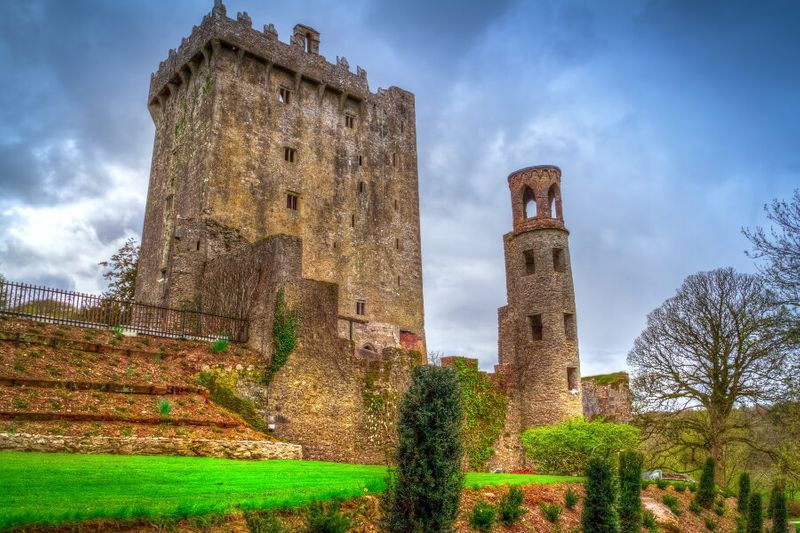The long history of Ireland can be discovered in this rebel city – home of the famous Blarney Stone
Cork in the south-west of Ireland is the second-largest city after Dublin, known as ‘Rebel City’ due to its history of rebellion against invading armies. The city was, in fact, rebelling all the way back in the 9th century when Viking invaders came to Ireland. The people of Cork destroyed a nearby Viking castle and killed the Norse leader Gnimbeolu.
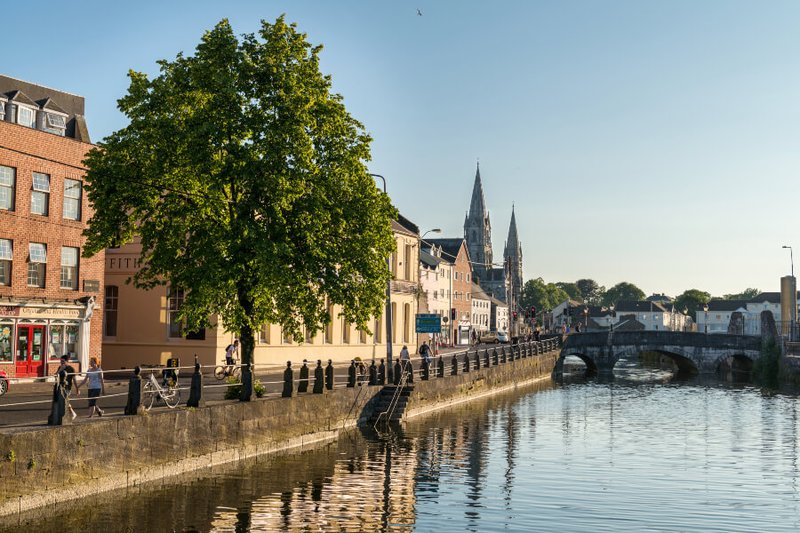
Cork retained its independence again in the 12th century when the McCarthy Clan repelled invading clans from the north. The Fitzgeralds (decedents of the McCarthys) in the 15th century fought against the British King Henry VII, who invaded Ireland after his victory in the War of the Roses. The people of Cork once again repelled Henry’s troops and the title of 'Rebel City' was given to Cork. In the early 20th century, Cork played a significant role in the Irish War of Independence. Although much of central Cork was burned down by the British Black and Tans, Irish Guerrillas in Cork were instrumental in helping Ireland gain independence.
Today, more can be learned about the War of Independence at the Military Museum, while the history of the independence fights can be seen at Cork City Gaol and Spike Island – known as Ireland’s Alcatraz – where many of the rebels were once imprisoned.
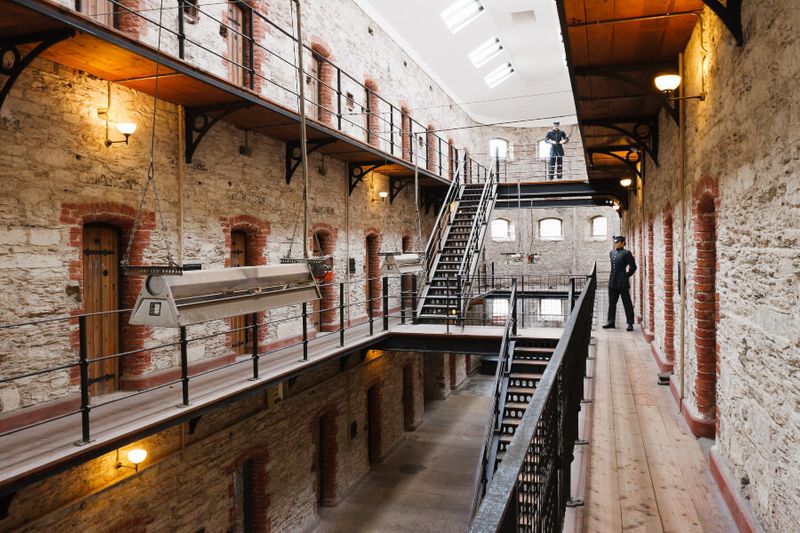
The medieval city of Cork was once surrounded by a wall – some of which can still be seen around the south and north main streets. Many of the thoroughfares are actually built over river channels around the River Lee that runs through the city and out to the nearby port.
Said to be the second-largest port after Sydney’s, the Cork Port was the last port of call for the ill-fated Titanic, which sailed from here to America. The Cork Cobh (pronounced Cove) is known as the teardrop of Ireland, not only due to its geographical shape but because of the many ships that left from here over the centuries, taking migrants to the New World in America. It was from here that Henry Ford’s family migrated; he later paid homage to his ancestral home by building the first Ford factory outside America in Cork.

Although it seems like Cork is one big, living museum there is also a wonderful contemporary culture scene that keeps it vibrant. The Cork Jazz Festival sees world-class musicians descend on the town every October, while the Lewis Glucksman Gallery has cemented its place as a contemporary architectural masterpiece worth visiting regardless of what exhibition is showing.
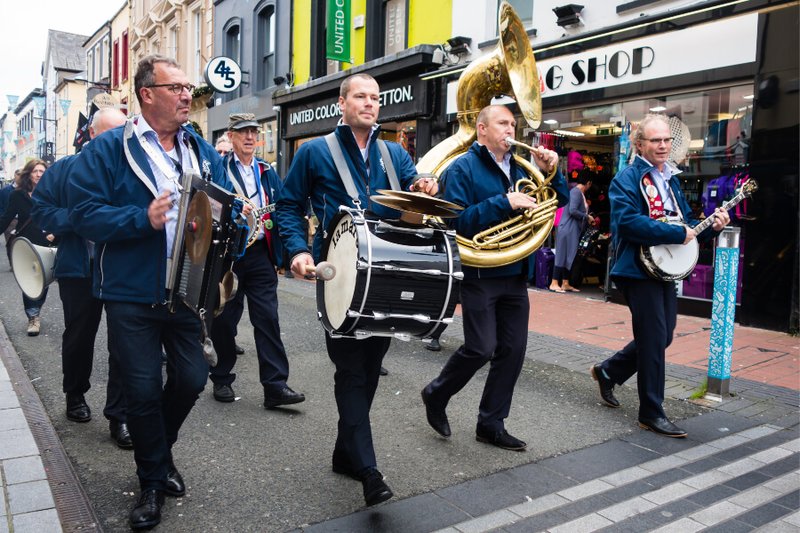
Cork is also a fantastic foodie town. The English Market has a wonderful mix of gourmet delicacies and local ingredients available, making it a top destination for both tourists and locals alike. The city has also recently become well known for its array of excellent restaurants including Greenes in the historic Victorian Quarter and Nash 19 where locals queue to enjoy their spectacular breakfasts.
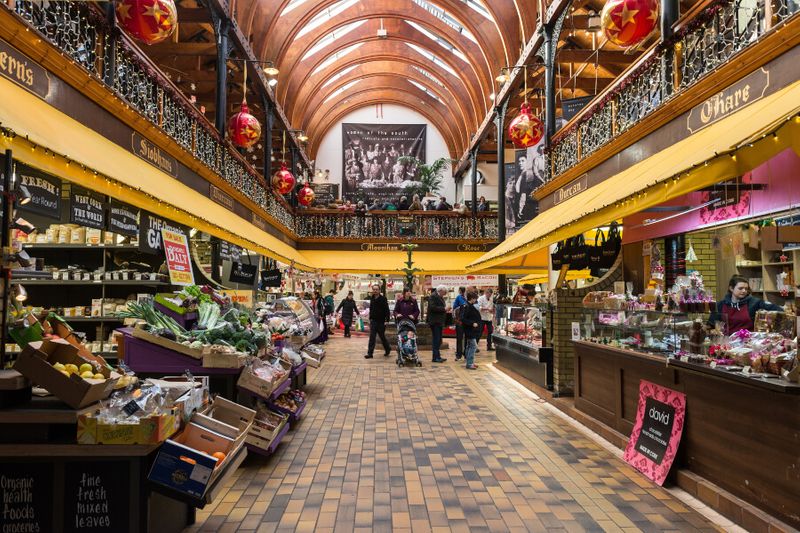
Today, one of the main reasons to visit Cork is to go to Blarney Castle and kiss the Blarney Stone. The castle itself is situated on stunning grounds with rock gardens, secret pathways and treasure hunts that are worth taking the time to explore. Originally said to date back to the 10th century, the stone castle that stands today is the third itineration and was built in 1446. It is home to the world-famous Blarney Stone, which is built into the battlements, high up in the castle. Said to give those who kiss it the gift of the gab – or the ability to charm people – visitors must hike up some steps before lying down and kissing the stone upside down.
